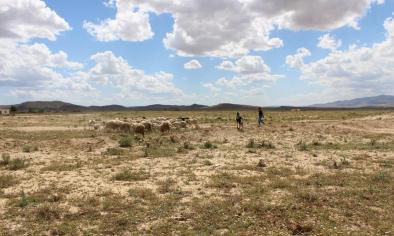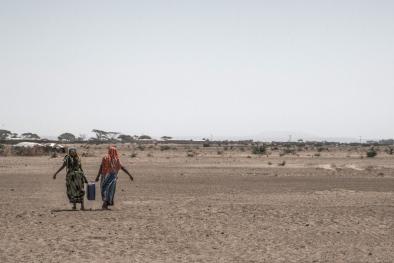Science Source
Continued increase of extreme El Nino frequency long after 1.5°C warming stabilization
- States that the Paris Agreement aims to constrain global mean temperature (GMT) increases to 2 °C above pre-industrial levels, with an aspirational target of 1.5 °C
- States that however, the pathway to these targets and the impacts of a 1.5 °C and 2 °C warming on extreme El Niño and La Niña events—which severely influence weather patterns, agriculture, ecosystems, public health and economies—is little known
- Demonstrates, by analysing climate models participating in the Climate Model Intercomparison Project’s Phase 5 under a most likely emission scenario, that extreme El Niño frequency increases linearly with the GMT towards a doubling at 1.5 °C warming
- Finds that this increasing frequency of extreme El Niño events continues for up to a century after GMT has stabilized, underpinned by an oceanic thermocline deepening that sustains faster warming in the eastern equatorial Pacific than the off-equatorial region
- Results indicate little to no change in the frequency of extreme La Niña events under 1.5 °C or 2 °C warming
Related Content
Headline

Nov 9, 2017 | AP News
In harsh corner of Uganda, herders fight climate change
Headline

Oct 12, 2017 | Thomson Reuters Foundation
Africa tops global hunger index, driven by war and climate shocks
Headline

Sep 18, 2017 | VOA
World Hunger Swells as Conflict, Climate Change Grow
Headline

Aug 31, 2017 | Washington Post
United States to give Ethiopia $91 million in drought aid for food and medicine


